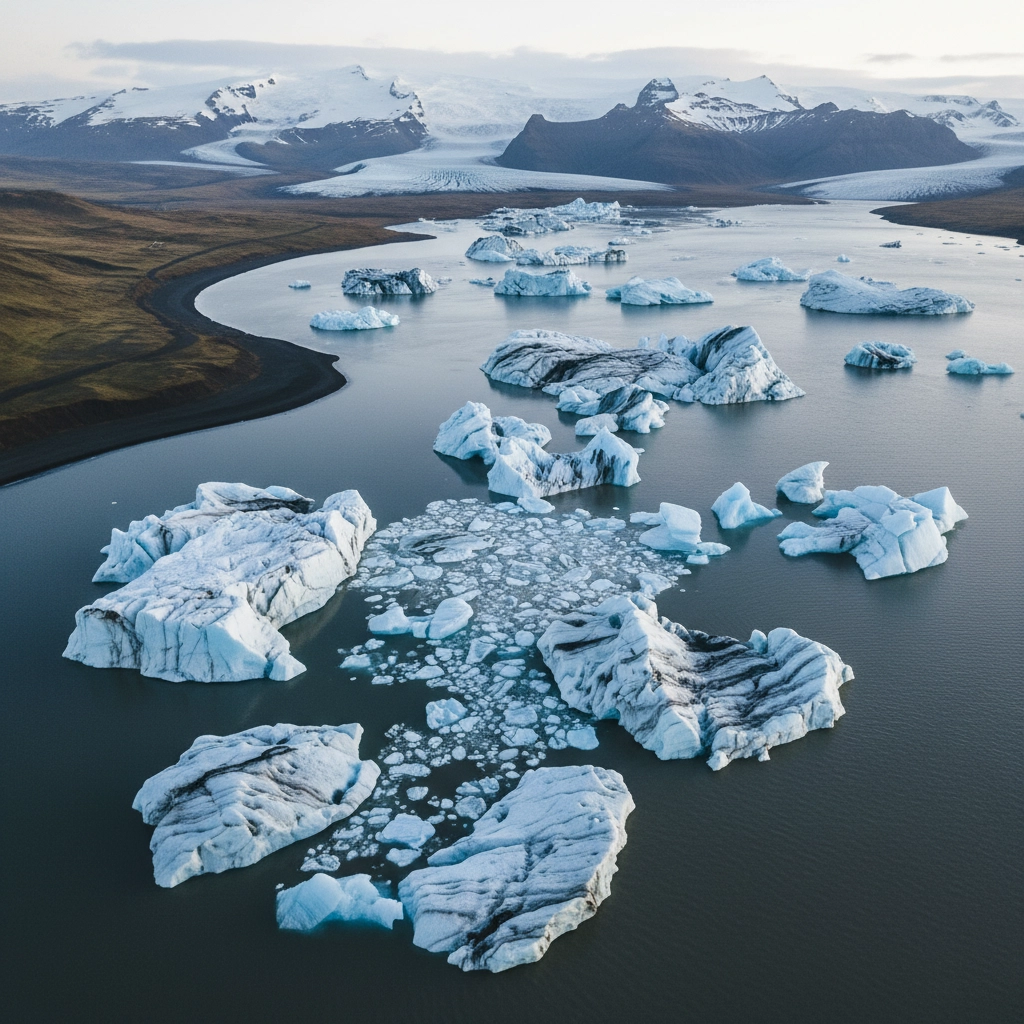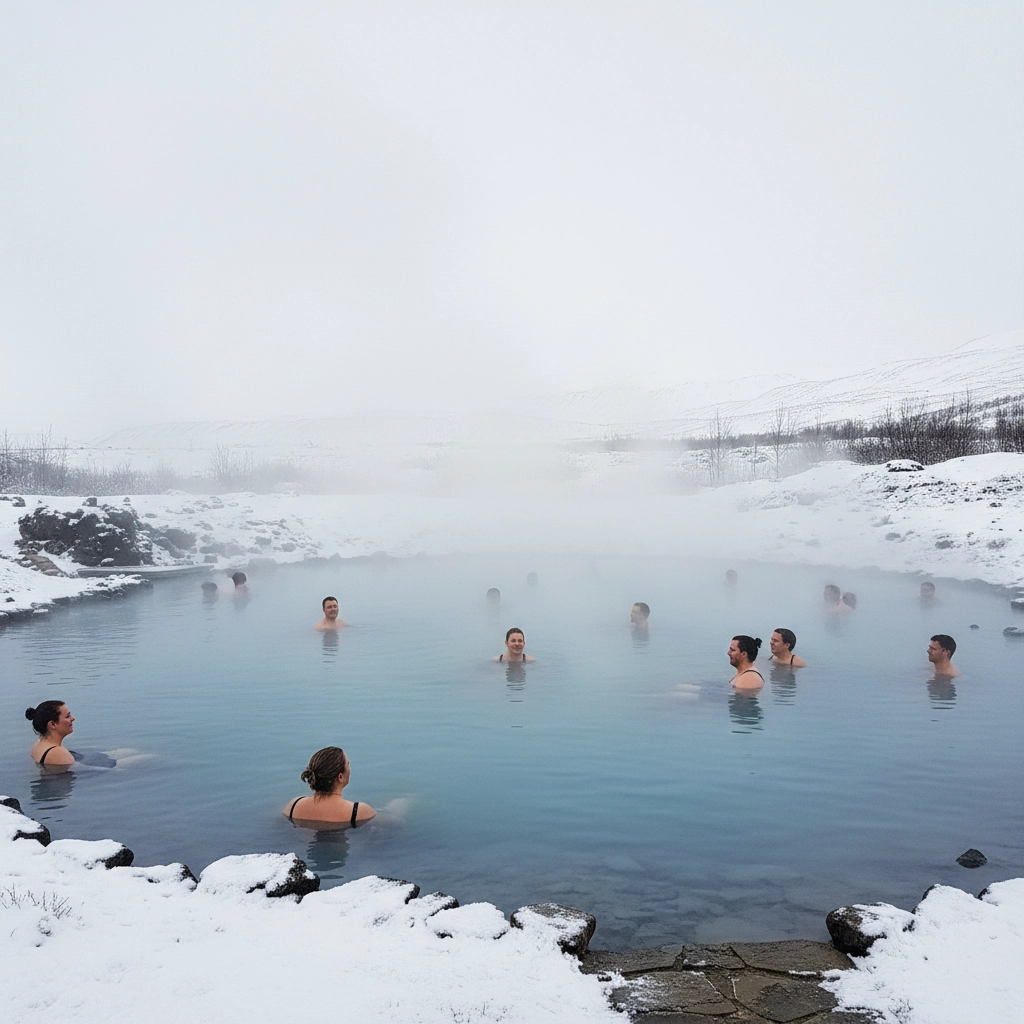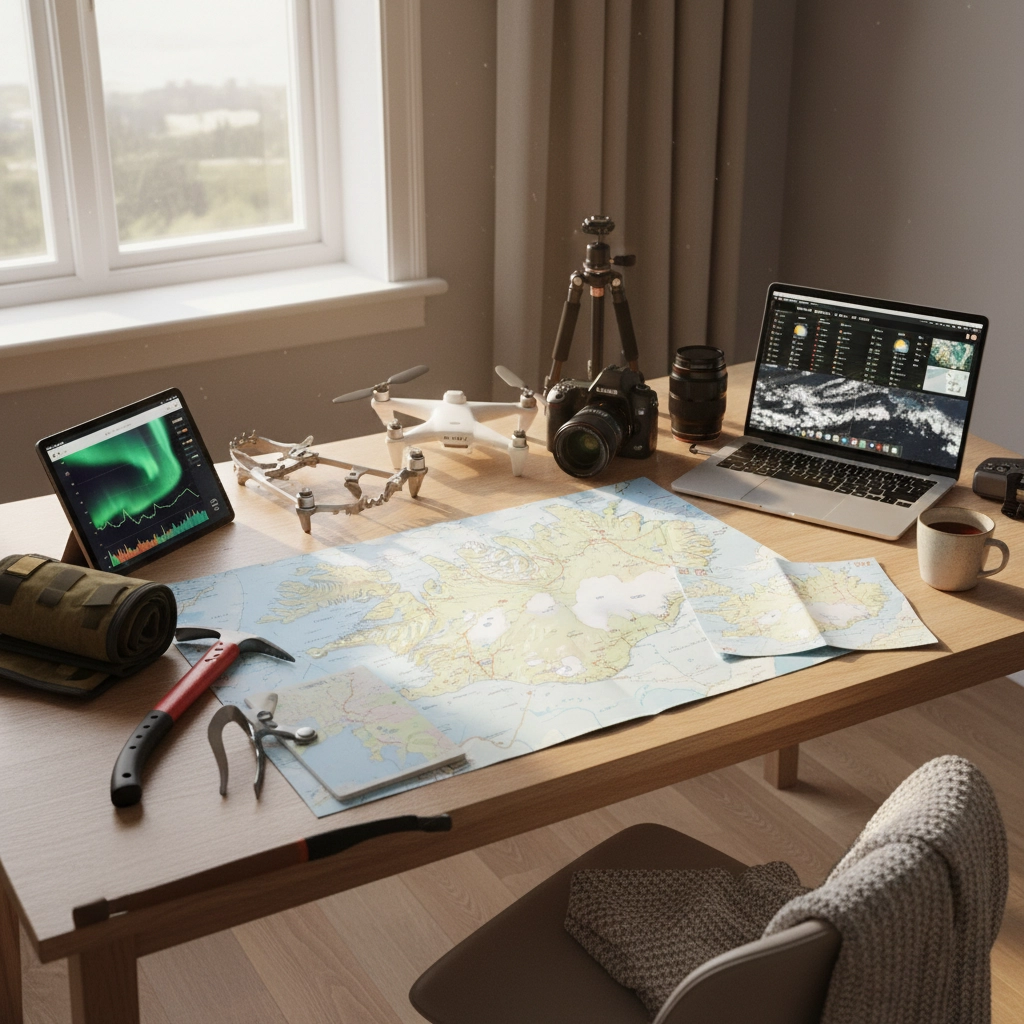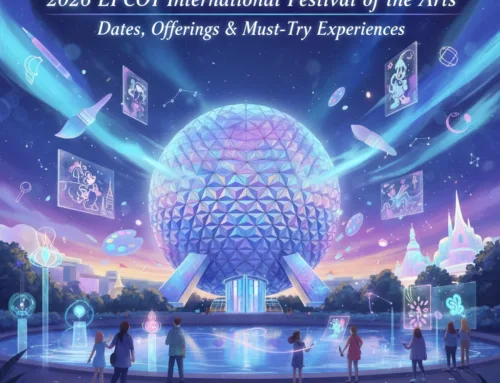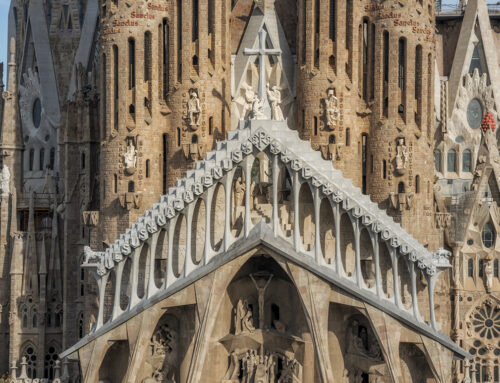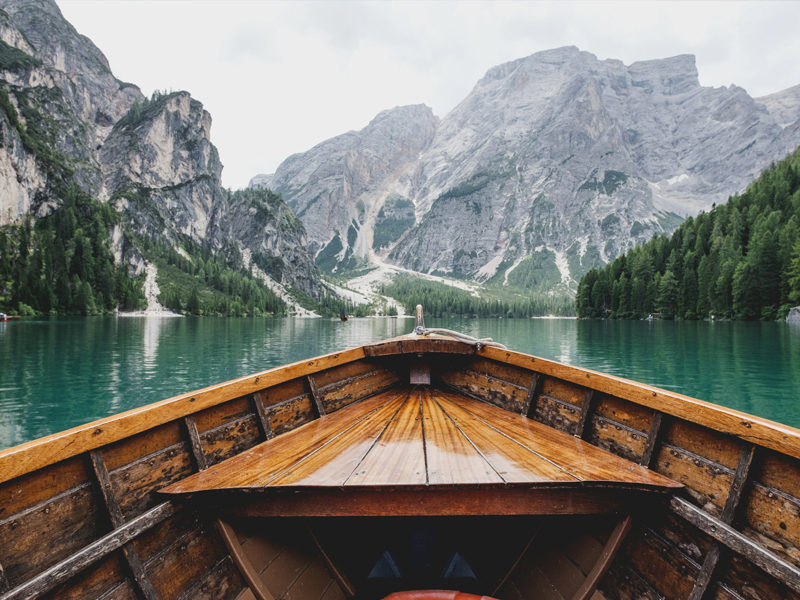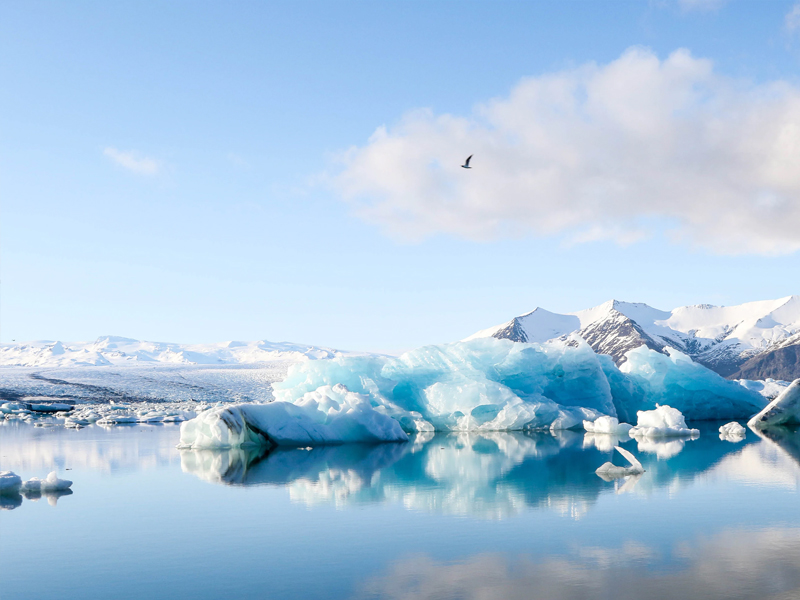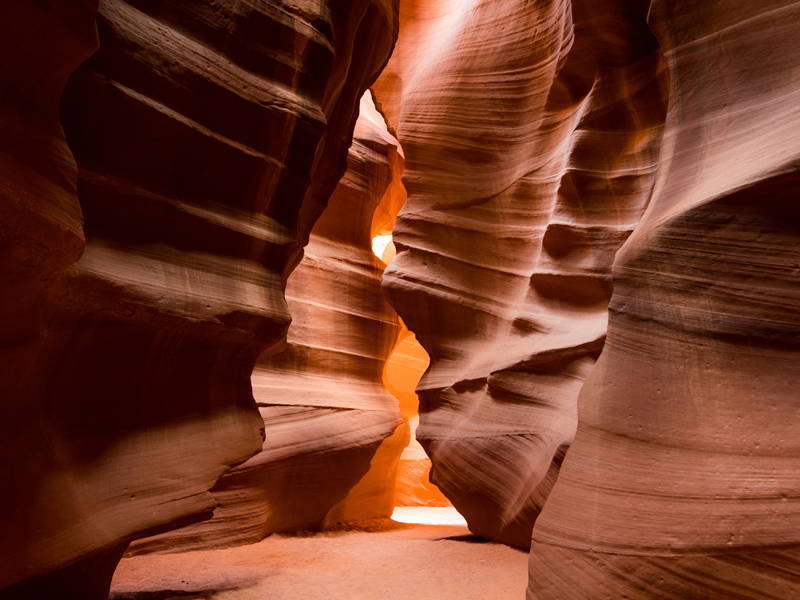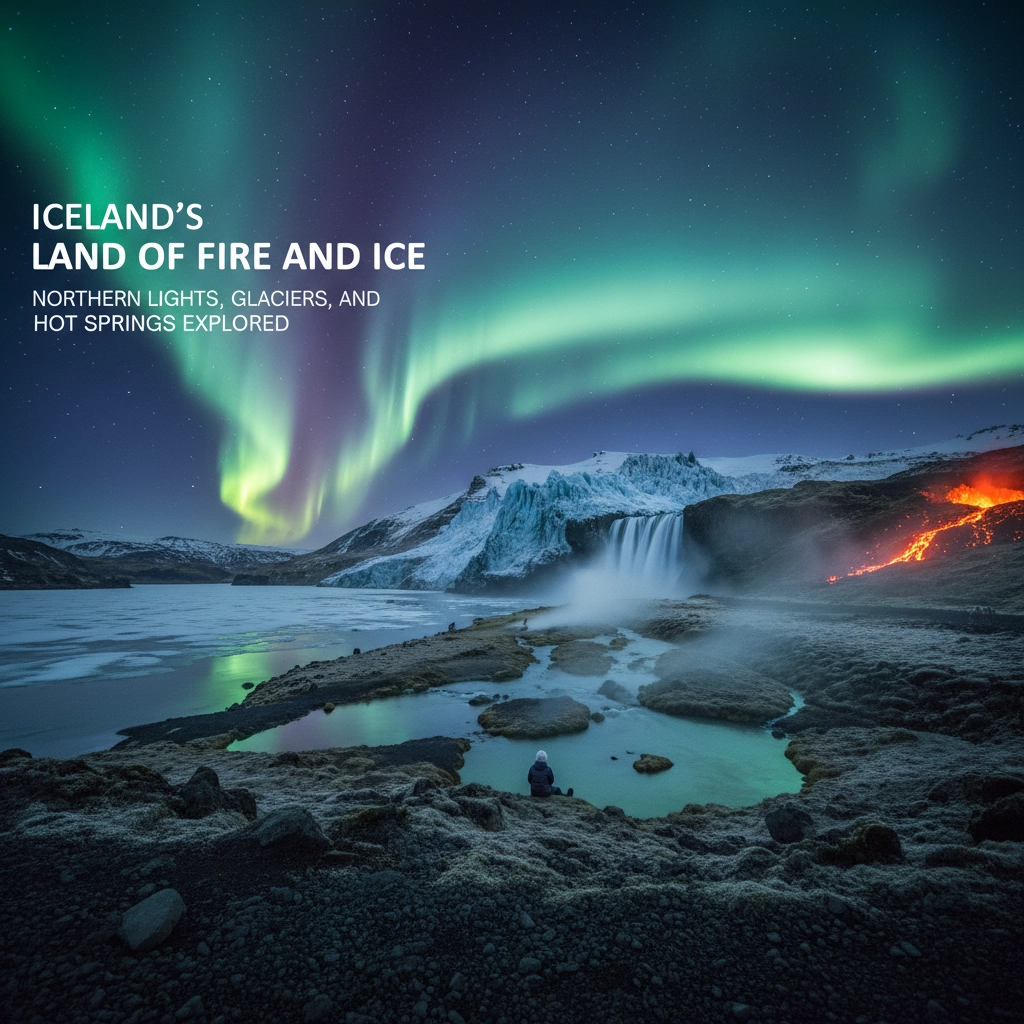
Iceland’s Land of Fire and Ice: Northern Lights, Glaciers, and Hot Springs Explored
Picture this: You’re standing on a volcanic black sand beach, watching massive icebergs drift through a glacial lagoon while steam rises from nearby hot springs. Above you, the aurora borealis paints the night sky in ethereal green ribbons. This isn’t some fantasy: this is just another Tuesday in Iceland.
Iceland earned its nickname “Land of Fire and Ice” for good reason. This Nordic island nation sits perfectly positioned between two tectonic plates, creating a geological wonderland where glaciers and volcanoes exist side by side. But here’s what most travelers don’t realize: experiencing Iceland’s three crown jewels: northern lights, glaciers, and hot springs: requires more strategy than just showing up with a rental car and hoping for the best.
When Mother Nature Puts on a Show: Chasing the Northern Lights
Let’s address the elephant in the room: northern lights aren’t guaranteed. You can’t just book a trip and expect the aurora borealis to perform on command. The lights depend on solar activity, cloud cover, and about a dozen other factors that even meteorologists struggle to predict.
But here’s the insider secret: the best northern lights experiences happen away from Reykjavik’s light pollution, during Iceland’s darkest months (October through March). The Jökulsárlón Glacier Lagoon offers one of the most dramatic backdrops for aurora photography, while the Snæfellsnes Peninsula provides multiple vantage points with minimal crowds.
Smart travelers book northern lights tours for their first or second night, giving themselves backup opportunities if weather doesn’t cooperate. The Secret Lagoon offers a unique twist: imagine soaking in naturally heated geothermal water while watching the aurora dance overhead. It’s the kind of experience that makes your friends’ vacation photos look pretty ordinary.
Pro: download the Aurora Forecast app and check cloud cover predictions daily. Some of my clients have scored incredible northern lights views from their hotel windows simply because they stayed alert to changing conditions.
Europe’s Largest Glacier Playground
Vatnajökull Glacier covers about 8% of Iceland’s landmass: that’s larger than all other European glaciers combined. But here’s what the guidebooks don’t tell you: not all glacier experiences are created equal.
The Jökulsárlón Glacier Lagoon steals most of the attention (and rightfully so), where thousand-year-old icebergs break off from Breiðamerkurjökull glacier and float toward the Atlantic Ocean. These aren’t your typical ice cubes: we’re talking cathedral-sized chunks of frozen history that sparkle like diamonds when sunlight hits them just right.
Adjacent Diamond Beach delivers Instagram gold with those same icebergs washing up on volcanic black sand. The contrast is almost surreal: crystal-clear ice against coal-black shores with North Atlantic waves crashing around them.
But here’s where most travelers make a mistake: they rush through glacier experiences in a single afternoon. Glacier hiking on Sólheimajökull or Falljökull requires proper gear and guided expertise, but the payoff is walking on ice formations that have existed longer than recorded human history. Ice caves, accessible only during winter months, offer an otherworldly blue-lit experience that photos simply can’t capture.
Geothermal Paradise: Hot Springs Beyond the Hype
Everyone knows about Blue Lagoon: it’s practically Iceland’s tourism mascot. But experienced Iceland travelers know that Blue Lagoon, while beautiful, is essentially a very expensive outdoor spa built around a geothermal power plant.
The real magic happens at places like the Secret Lagoon, Iceland’s oldest natural geothermal pool. Located in Flúðir, this spring maintains a perfect 100-104°F year-round, surrounded by bubbling hot springs and steam vents. You’ll soak alongside locals rather than tour buses, and the entrance fee is about half of Blue Lagoon’s.
Reykjadalur Valley requires a 90-minute hike to reach naturally occurring hot springs where you can bathe in a geothermally heated river. Picture this: you’re hiking through snow-covered trails, steam rising from the ground around you, until you reach a warm river where locals have built small stone pools for soaking.
The Westman Islands hide one of Iceland’s best-kept secrets: natural hot springs on volcanic beaches where you can dig your own personal hot tub in the black sand. It’s the kind of experience that makes you feel like you’ve discovered something no other tourist knows about (even though locals have been enjoying these springs for generations).
Getting There: Air Travel Strategy That Actually Works
Here’s where most Iceland trip planning falls apart: flights. Iceland’s location makes it either incredibly convenient or frustratingly expensive, depending on your approach.
Flying through Keflavík International Airport (KEF) is your only commercial option, but smart travelers leverage Iceland’s position as a natural stopover between North America and Europe. Icelandair offers free stopovers up to seven days, meaning you can visit Iceland en route to other European destinations without additional airfare costs.
The best flight deals typically appear Tuesday through Thursday for winter travel, while summer flights (June-August) book up quickly and cost significantly more. But here’s the catch: summer means midnight sun and no northern lights, while winter brings northern lights but also unpredictable weather that can ground flights.
Direct flights from major U.S. cities (Seattle, Boston, New York, Denver) run about 5-6 hours, making Iceland surprisingly accessible. European connections through London, Amsterdam, or Copenhagen add complexity but sometimes offer better pricing for flexible travelers.
Why DIY Iceland Planning Often Falls Short
Iceland looks small on a map, but distances are deceptive and weather changes everything. Ring Road conditions vary dramatically based on season, and many attractions require 4WD vehicles or specialized tours during certain months.
Most travelers underestimate transportation logistics. Rental cars in Iceland cost more than most European countries, winter driving requires experience with icy conditions, and GPS systems sometimes direct drivers down impassable roads (seriously: this happens more often than you’d think).
AKOR Services: Your Iceland Advantage
Planning Iceland trips requires understanding nuances that generic travel websites miss. Which hot springs offer the best experience for your budget? How do you coordinate northern lights tours with glacier hiking when weather windows shift daily? What’s the optimal itinerary length for first-time visitors versus returning travelers?
Our planning process starts with understanding your priorities: are you chasing northern lights, seeking adventure activities, or looking for relaxation with stunning scenery? From there, we build itineraries that maximize your time while building in flexibility for weather-related changes.
We maintain partnerships with Iceland’s most reputable tour operators, securing preferred pricing and ensuring you’re working with guides who prioritize safety alongside incredible experiences. When flights get delayed (common during winter months), we’re monitoring your situation and adjusting ground arrangements accordingly.
Insider Timing Tips That Make the Difference
October through March offers northern lights opportunities but requires winter gear and weather flexibility. March and April provide shoulder season benefits: fewer crowds, northern lights possibilities, and improving weather conditions.
May through September eliminates northern lights but offers midnight sun, accessible highlands, and lupine flowers covering the landscape in purple. July brings warmest temperatures (around 60°F) but also peak pricing and crowds.
The sweet spot? Late September or early October, when you catch autumn colors, minimal crowds, returning northern lights activity, and still-accessible roads throughout the country.
Ready to experience Iceland’s fire and ice yourself? The northern lights won’t wait, glaciers continue their ancient march toward the sea, and those hot springs are calling your name. Contact AKOR Services to start planning your Iceland adventure: because some experiences are too extraordinary to leave to chance.


